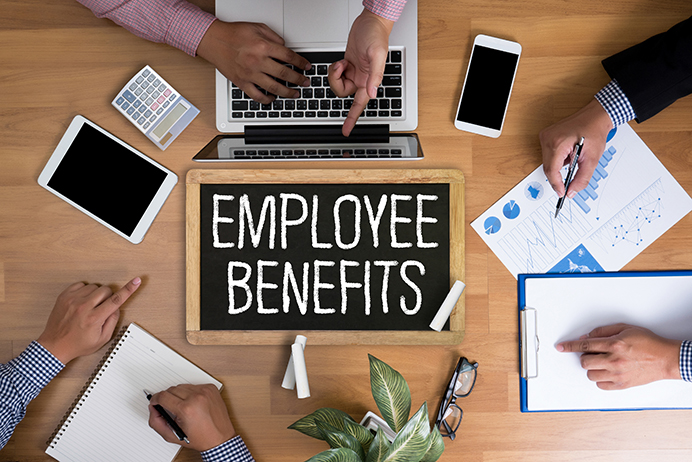An Insider's View of HR Tech
Over 20 years ago, the catchphrase in the tech sector was “Nobody ever got fired for buying IBM.” The idea was IBM was the safe bet. If anything went wrong, you’d be shielded from repercussions based on their reputation for quality and service.
I’ve been thinking about how that applies to the HR tech stack. For good reason, there’s fear, uncertainty, and doubt when it comes to choosing a high profile business system.
The stakes are high for the HR person who champions a new system that disrupts the business. I’ve heard rough stories of fallouts from implementations that went south. I’m sure you have, too.
As vendor-agnostic benefits consultants, the top question we get asked by HR professionals and business leaders is “What HR Tech stack is the best?” (What’s the best HRIS? Payroll system? BenAdmin?)
But, what’s best “depends”
It’s like when an employee asks, “What’s the best health plan?” You need more situational data. There are pros and cons to each choice. The “right” plan varies by each individual’s financial and health circumstances.
So it goes with HR Tech.
The “right” HR Tech varies by company
If you’re thinking about going to market for a new HR technology solution, or you’ve decided to replace an existing solution, it’s important to know what other organizations like you are doing (by industry, size, geo).

Source: Lumity HR Tech Survey 2019
More important than knowing what they’re doing is insight into how it’s working out for them. As a benefits consultant, and as part of our ongoing market research, we get direct feedback from HR teams—specifically on their HRIS, payroll, and benefits administration systems.
We listen and learn:
- What’s working well and what’s not?
- What do they wish they’d known prior to selecting a system?
- Did HR have a say in the selection, or did they inherit the system?
We’ve also had a front-row seat to countless implementations our clients have gone through. Name an HR Tech vendor, and we can list its pros and cons. (Not publically, mind you, because none are perfect. And, again, it depends on multiple factors about your business. But, you’re invited to participate in our ongoing HR Tech market research—and get the opportunity to ask us anything.)
There is one common dividing line when it comes to HR Tech, though.
Under 100 employees
Simplicity is valued by small employers. Because of this, companies with less than 100 employees tend to favor and do well with all-in-one systems. Zenefits, Rippling, Gusto, and others give small companies a viable, and cost-effective, per employer per month (PEPM) option for HRIS, payroll, and benefits administration.
Companies without an HR resource may favor outsourcing employee management tasks such as benefits and payroll to a Professional Employer Organization (PEO) such as TriNet, Justworks, ADP TotalSource, etc.
Over 100 employees
The 100 employee milestone is a critical time to review your HR Tech stack. As a company grows, an all-in-one solution may struggle to handle more sophisticated use cases.
And, for those on a PEO, the cost/convenience model breaks down at 100. It’s time to move to an HR Tech solution that can replicate what was previously handled by the PEO (HRIS/onboarding tool, payroll, benefits system).
At 100 employees:
- Assess your current use cases and workflows
- Anticipate your needs over the next 12 months
- Ensure your HR Tech can handle your needs as you scale
- Consider your payroll needs (multi-state, international, need to handle eligibility)
- Get off your PEO—ASAP! (if applicable)
(BTW, you should be paying significantly less on your health plans now, too).
The most common all-in-one gotcha
When vetting an all-in-one system, verify it truly is all-in-one. Confirm a single database is used. If payroll goes to one database, and onboarding goes to another, this can complicate implementation (as well as add complexity to keeping databases in sync post-implementation).
Integration is critical
Either you have a natively integrated system, or you have a system that can integrate into other systems. But you don't ever want to be in a position where you're using manual bridges. Way too much work. And inconvenient.
What’s right for you?
Lumity’s benefits consultants help our clients choose systems based on what best serves their business. We take a vendor-agnostic approach and focus on the benefits experience, the brokerage experience, and taking on a ton of the administration and analytics that go into making your programs successful.
We have customers on every single major system. As part of our value as an advisor, we give you the pros and cons of each, share the experiences we’ve learned from others, and allow you to map to your best solution.
Our advisors are interested in learning about your goals and use cases—and having a useful discussion on how your HR technology supports them. Contact us to schedule a convenient time.





